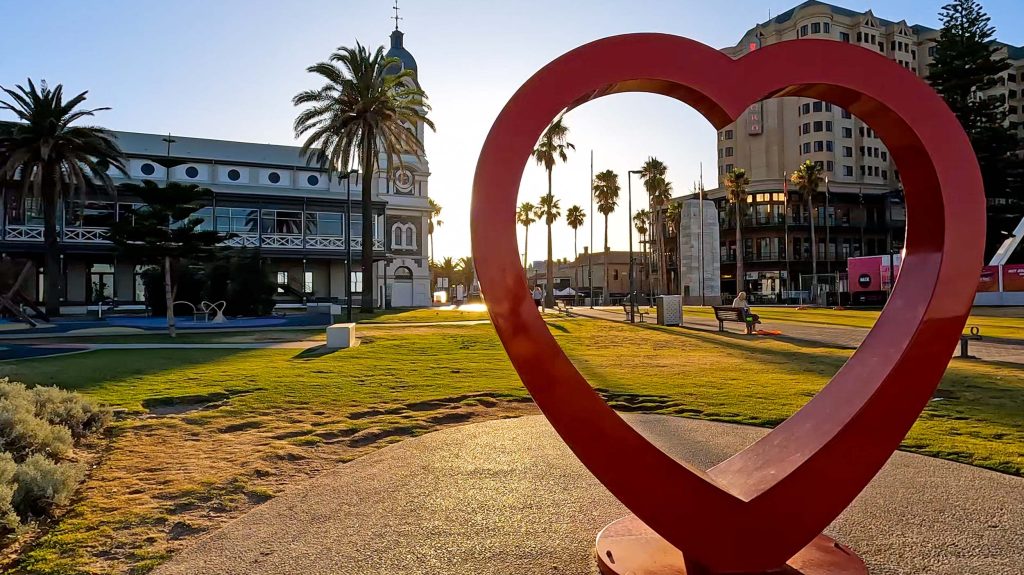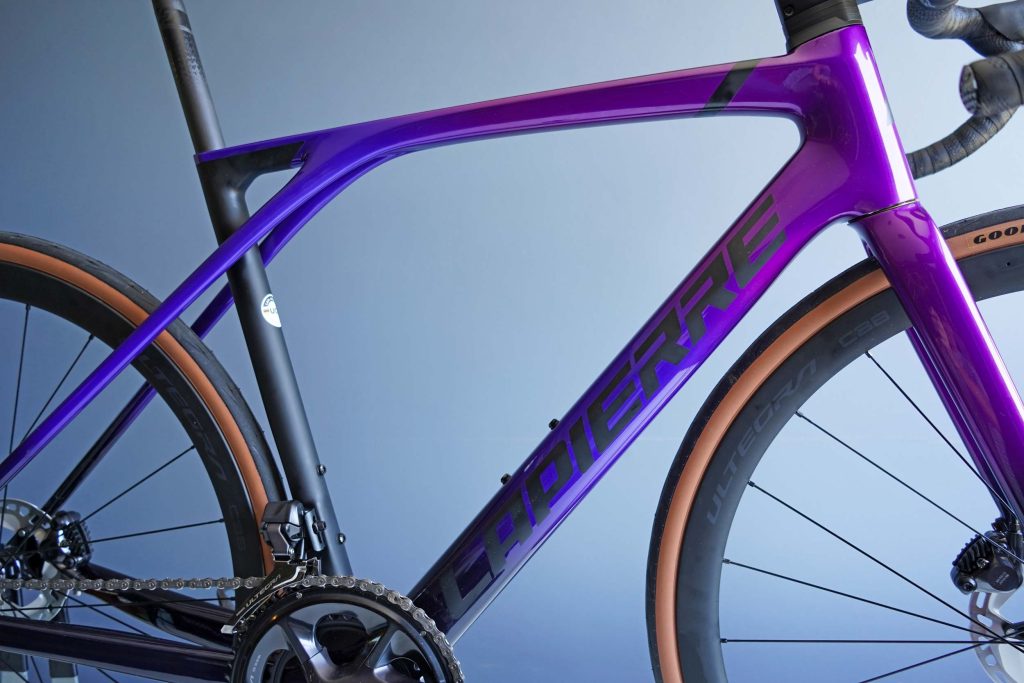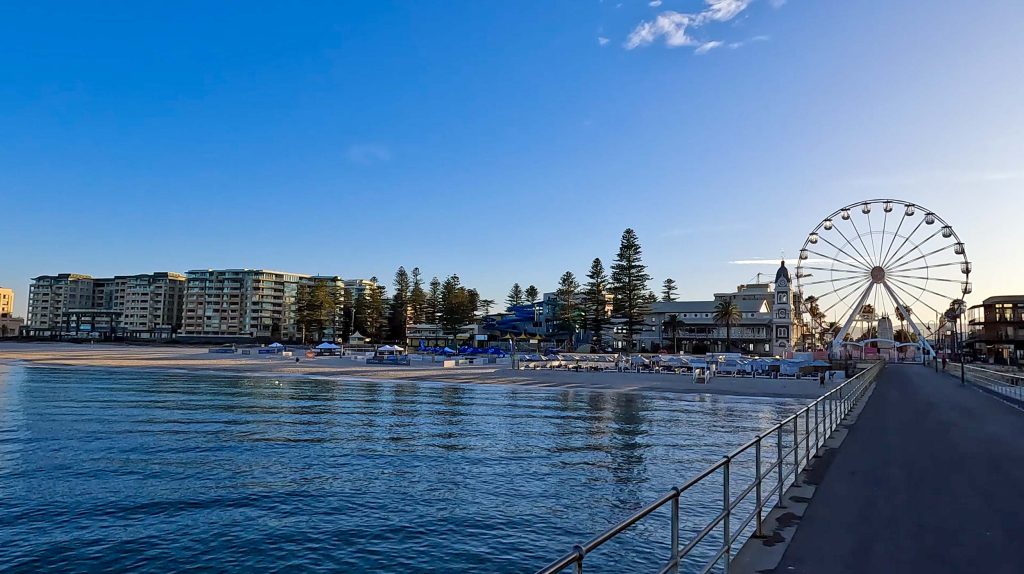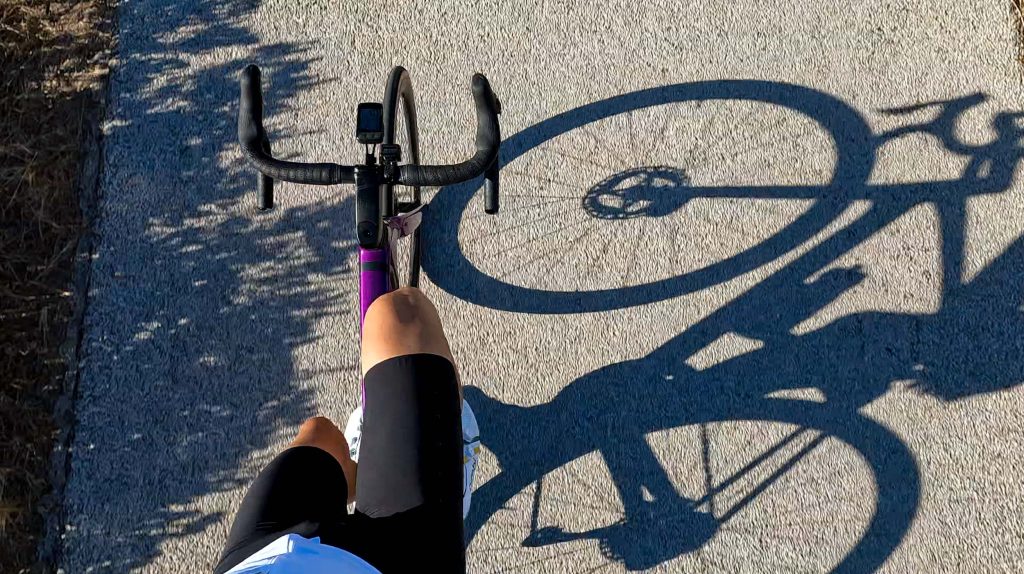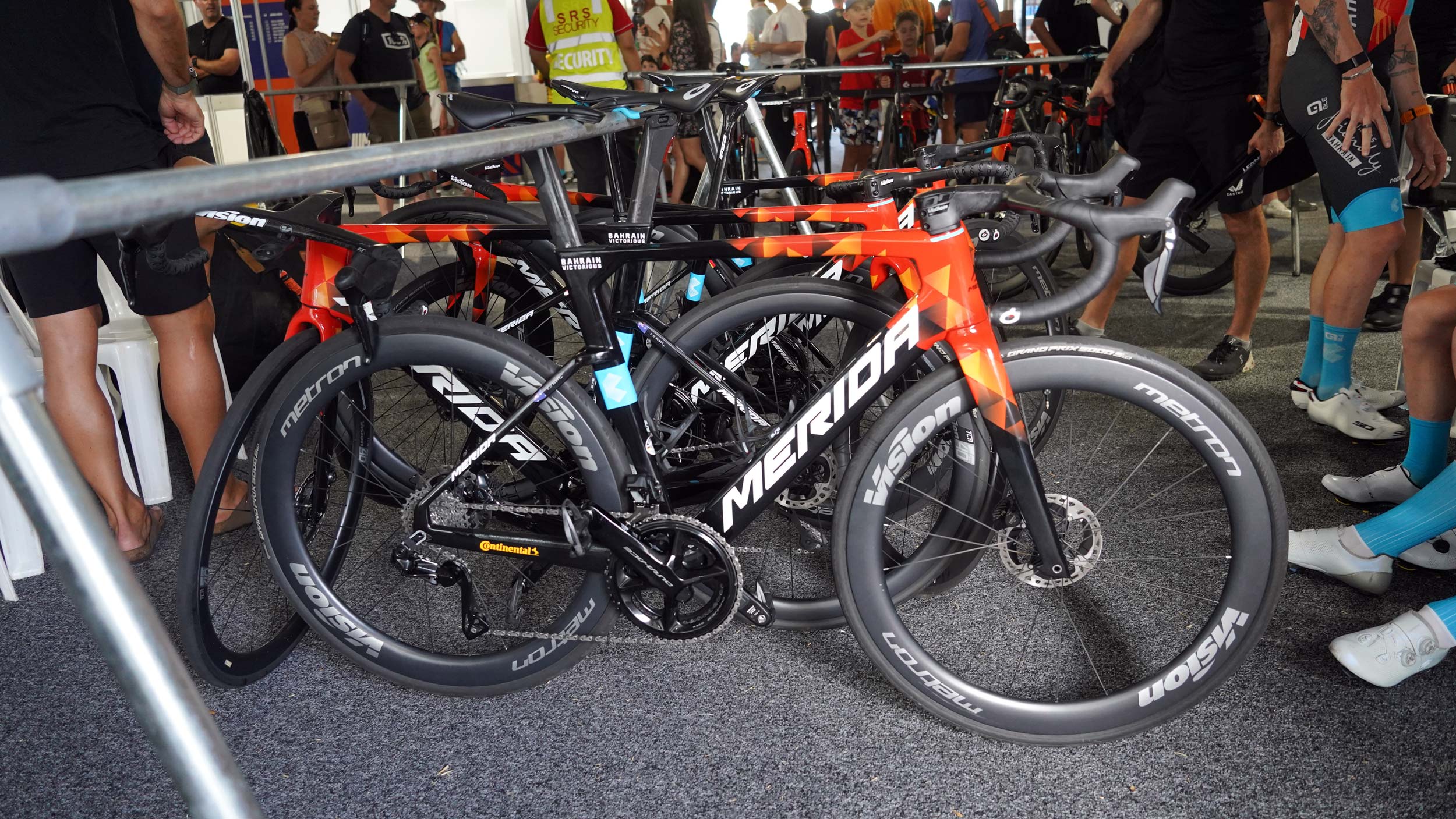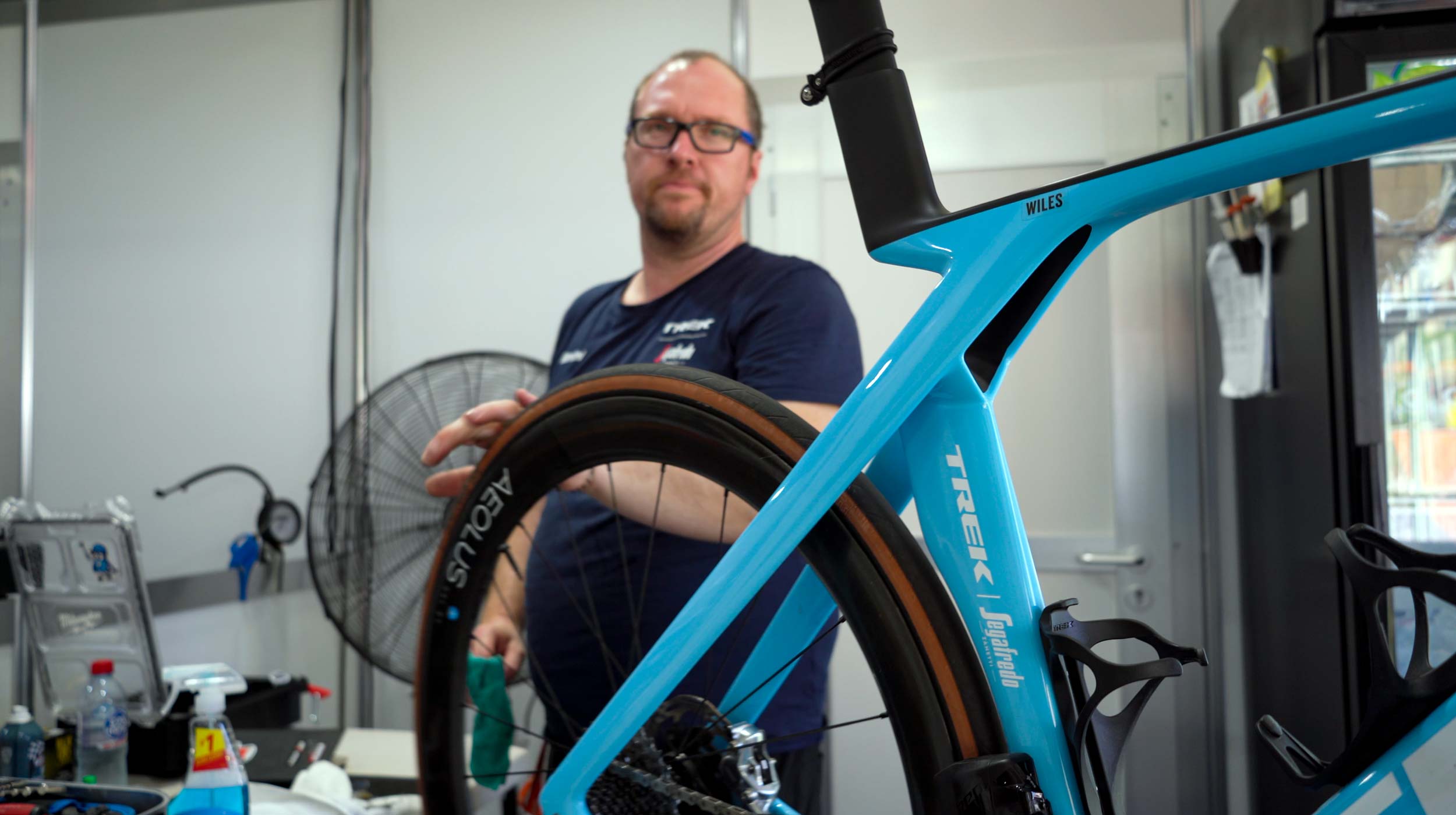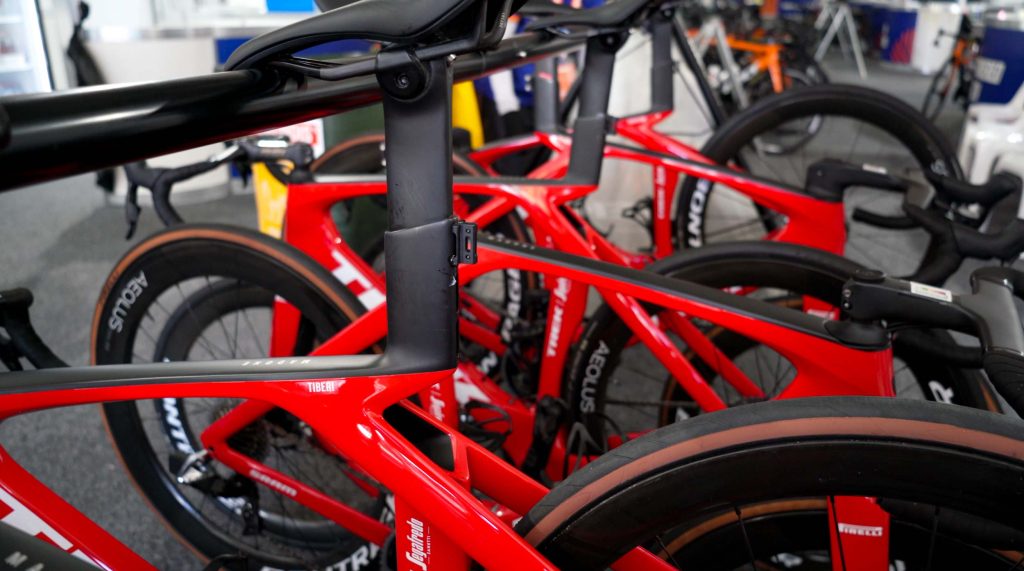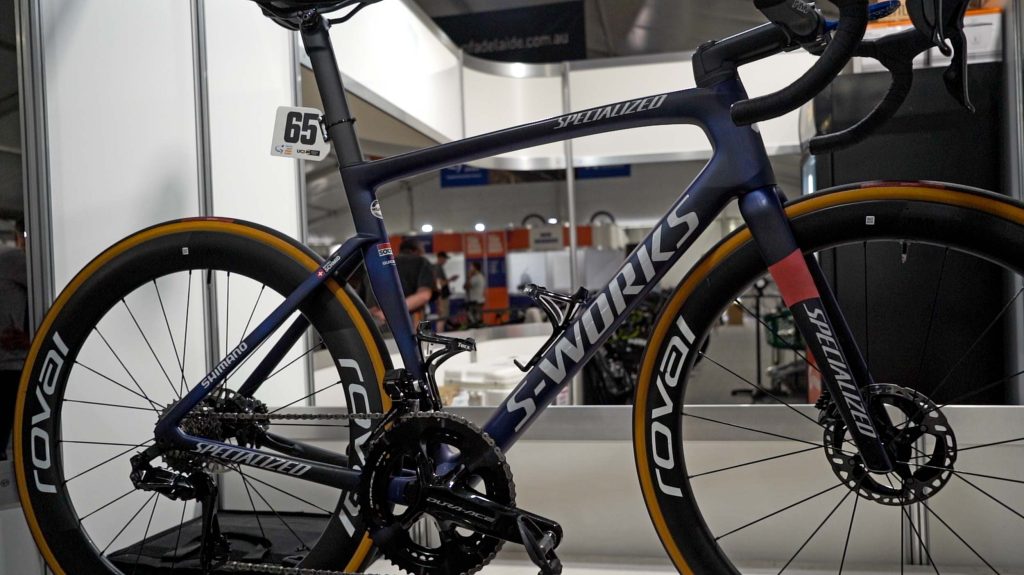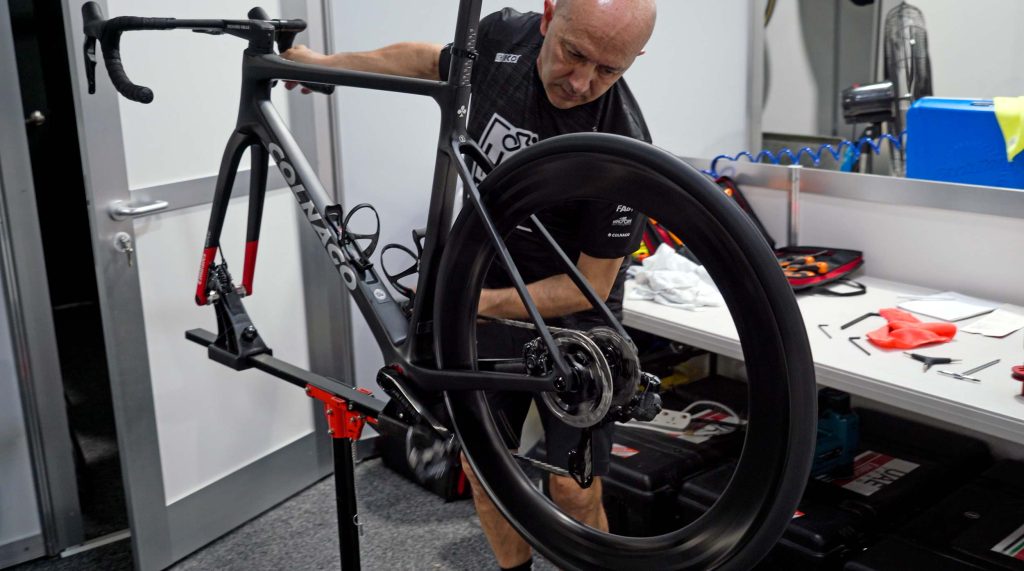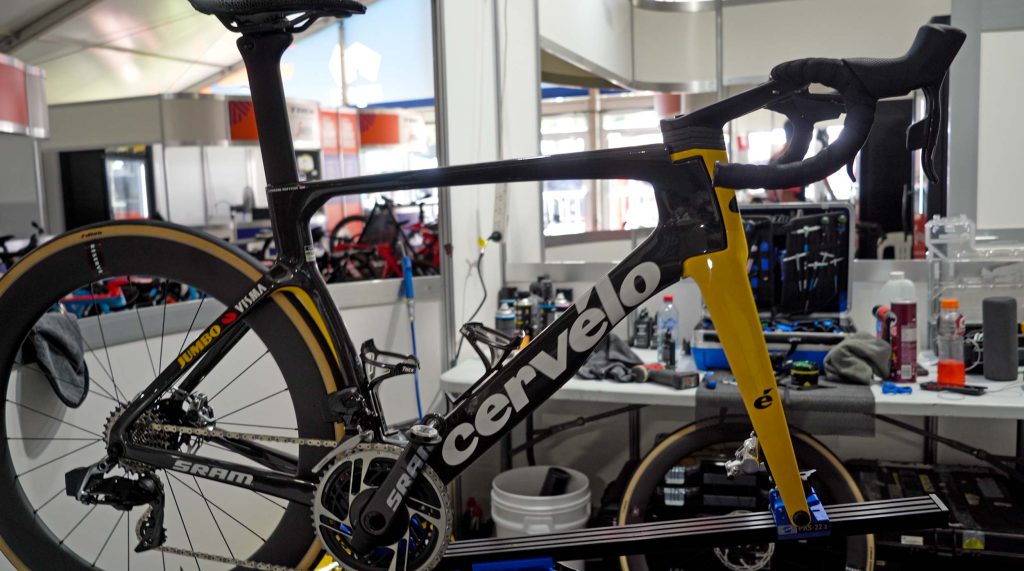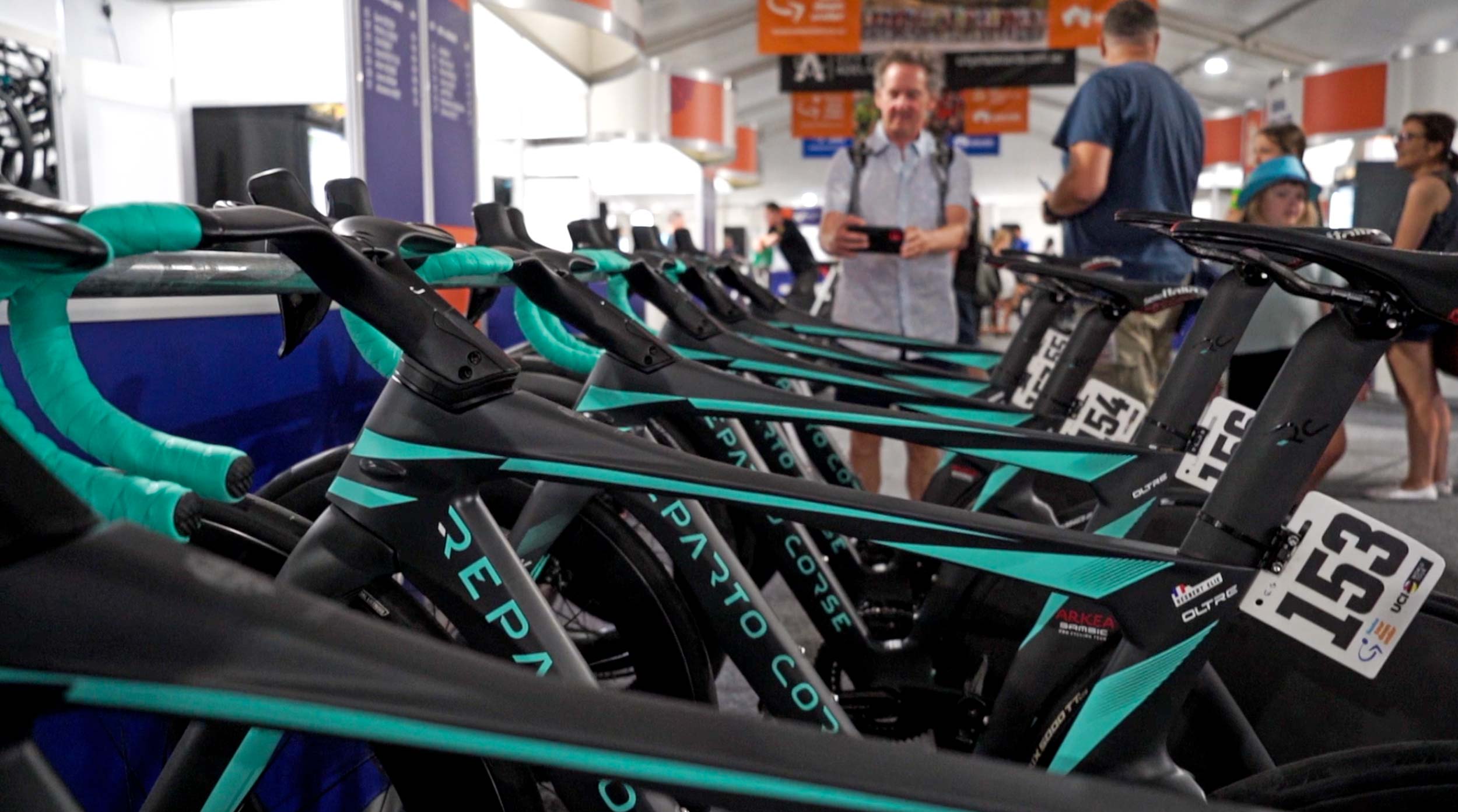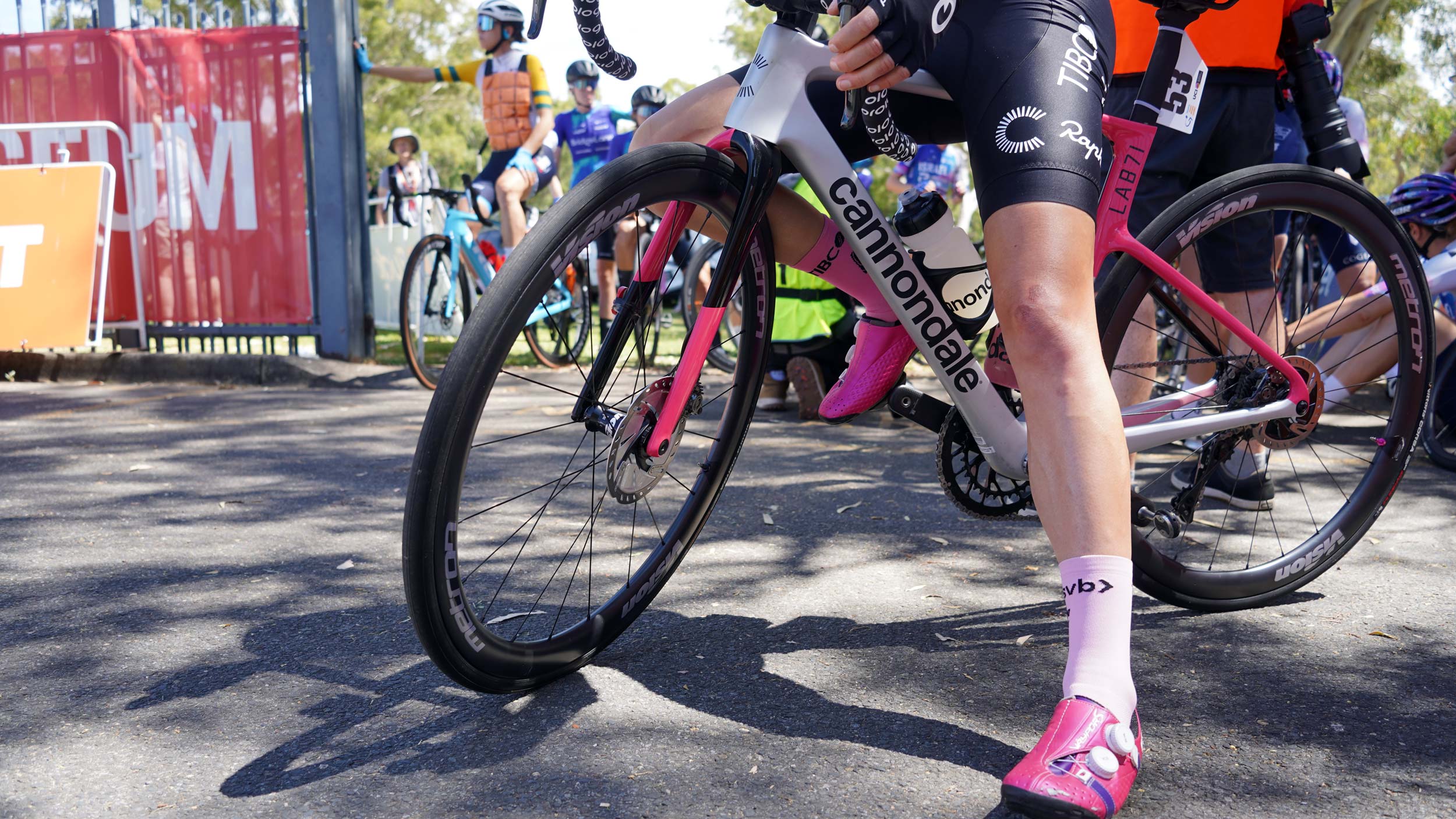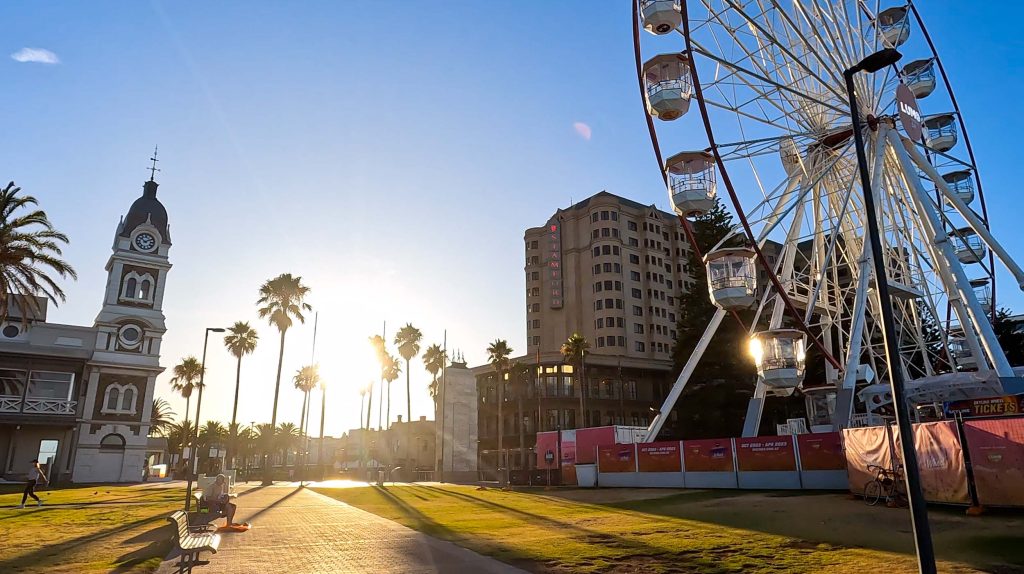The races have come and gone but the memories remain. The ‘Festival of Cycling’ in South Australia each January is about more than just elite competition; it’s a coming together of likeminded people and an opportunity to enjoy riding a bike.
– A blog and video by Rob Arnold
Two weeks before my trip back to Adelaide for the return of the Tour Down Under, I had a fall in the backyard. Landing with a thud after an awkward manoeuvre to retrieve a tennis ball from a high wall, there was a cracking sound and I immediately knew what the ramifications were.
For the second time in six months, I’d fractured three ribs. The first time, back in July, I also copped a 2cm pneumothorax on my left side. That was a cycling accident and it brought my riding to a halt for a couple of weeks. The incident in the backyard wasn’t quite as nasty but the pain was still significant and my first thought was, ‘Oh man, I won’t be able to ride at the TDU!’
Eventually I peeled myself off the ground and, early the next day, went to the hospital to get confirmation of my diagnosis and to check that my internal organs weren’t also damaged in the accident.
The X-rays, taken on the morning of New Year’s Eve, confirmed my suspicions. Small fractures: two at the base of my right ribs, and another on down low at the back of my torso.
As anyone who has fractured their ribs will testify, it’s a painful experience (one I’d highly recommend you avoid) and one of the big challenges afterwards is sleeping. It’s difficult to get comfortable and infuriating – and painful – when you need to get out of bed.
They say the best remedy is rest, but that’s not easy to do when pain is omnipresent… and there are things to do. This was, after all, an accident in the peak of summer and only a fortnight before my return to the Tour Down Under where I’d planned to ride my bike every day and soak up the atmosphere when WorldTour cycling returned to Australia.
Riding again: Tourist Down Under
After 10 days of being idle, I eventually kitted up and took a chance. A few days before I was due to fly to South Australia, I went for a ride to see how I’d cope. The good news? Exercise helped.
Riding a bike was possible and it wasn’t even too painful. Sleeping, however, was still proving to be difficult… but that’s another story.
The experiment paid off. It confirmed my hopes: I could take my (review) bike to Adelaide and still squeeze in some rides while also reporting from the TDU. even if I wasn’t quite moving (or resting) like I’d have hoped to, it would be possible.
Before setting off, I took the Lapierre Xelius review bike to Tune Cycles and asked Hayden and the crew if they could box it up for my flight a few days before racing began. The Australian distributor for the French bike brand, SRS Agencies managed by Andrew Kuhl, is based in Adelaide. After a couple of months of riding the Lapierre, we agreed that I’d fly with it then, when my visit was over, it would return to SRS Agencies.
Note: the Lapierre is currently at Super Elliott Cycles in Adelaide and available to buy at a very reasonable price for a bike that I rode for 1,935.4km.
I couldn’t have asked for better support than what I got from the guys at Tune. They packed the Lapierre brilliantly and although the bike box was the largest I’d ever travelled with, the rebuild once I’d landed was done with ease. Within a matter of minutes of arrival at my hotel for the 10-day stay, the Lapierre was pieced together and ready to ride.
With my ribs still fragile, I was tentative at first but that didn’t last long. Frankly, I’d have ridden a lot more while in Adelaide if there wasn’t also some work to do… the TDU offers a great opportunity to reunite with the pro cycling world, and my plan was to enjoy the racing, collect content, and generally soak up the vibe while my sport took centre stage of a city (and surrounds) that has long welcomed cyclists in the peak of summer.
Returning to the TDU
For 22 Januarys in succession I’d been to South Australia to cover the TDU. From 1999 through to 2020, I was there for work – but it is anything but just another day in the office!
At the beginning of a long season of racing there’s a buzz in the air as riders arrive and cycling becomes a focal point. Bikes are built in the TDU Village in Victoria Square just across the road from the Adelaide Hilton, race headquarters for the week, and there’s always something to see and do… especially if you’re a cycling journalist.
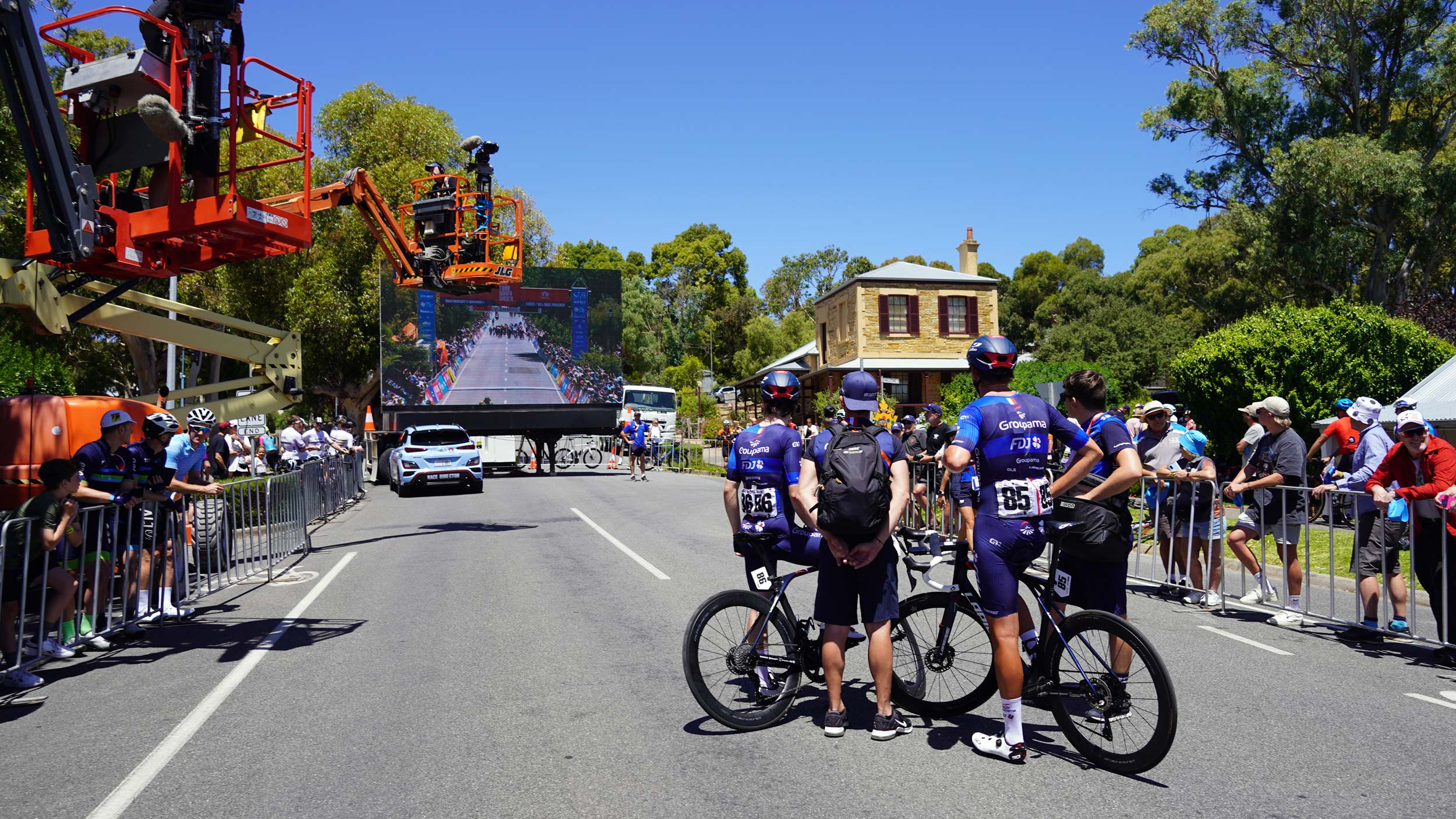
Groupama-FDJ riders, Paul Penhoët and Laurence Pithie watch a replay of the sprint finish in Willunga won by Bryan Coquard at the end of stage four.
There is new team kit and freshly built pro bikes on display. There are pro cyclists and the significant entourage that follows the WorldTour circuit, and stories abound for someone like myself. But it’s not always possible to do all the things you have planned; alas, there are still only 24 hours in a day, and eventually a bloke needs to get some rest.
I kept active and did the best I could to collect content, catch up with mates, and get some insights from the many people associated with an event like this. And, as always at the TDU, I like to ride my bike.
After an absence of a couple of summers, it was great to be back in the thick of the action… it was great to be back but some things that I’d grown accustomed to were different. This year, for example, was the first time I’d not stayed at the Hilton during the TDU and it didn’t take long to realise how often conversations from past editions happened in the hotel elevator or lobby.
I stayed at the Hotel Indigo, just around the corner from the Hilton (ie. Race HQ) and there was much to like about this place: fantastic service, friendly staff, close to Adelaide’s wonderful markets… and, as close as it was to the TDU’s epicentre, it felt a little removed.
For years RIDE Media set up a photo studio in the Adelaide Hilton in the days before racing began and it allowed me to collect a huge portfolio of pro bike images thanks to the support of the teams and their mechanics. I arrived in Adelaide on the Thursday before the race as I’d planned to do the same again in 2023.
Once the event is running, the public can also get up close to the bikes and watch the mechanics as they work. This is one of the things that makes the TDU special; instead of preparing bikes in team trucks at hotel car parks (as is often the case at races elsewhere) it’s all set up to that media and fans alike can share the experience.
When there’s a crowd, however, it’s not easy to talk to the mechanics. Furthermore, when the racing is on there isn’t the luxury of being able to talk uninterrupted or record video without constant background noise from the loudspeakers.
Mechanic interviews…
With different arrangements to usual, my plans were quickly amended and instead of speaking with riders about their bikes, I took the opportunity (when I could) to speak with the team mechanics.
A series of videos has already been posted on the RIDE Media YouTube channel, featuring interviews with mechanics from Jumbo-Visma, Israel-Premier Tech, Ineos Grenadiers, Jayco-AlUla, UAE Team Emirates, and Bahrain Victorious (see links, above). And there is more still to come from this series even if it wasn’t easy to find a place to conduct the interviews in a quiet space without distractions.
You can also find a few bike galleries and even an interview with a rider or two, including Ben O’Connor talking about his AG2R Citroën Team’s BMC TeamMachine and Luis Léon Sanchez offering his thoughts on the Wilier raced by Astana in 2023 (see links, below).
Alas, the sound quality for some of these interviews is poor but I did what I could in the circumstances. There was often a lot of background noise. Still, there are plenty of insights offered and some good explanations about the equipment being used by pro cyclists in 2023.
All the interviews were impromptu but the mechanics (and some riders) happily obliged, even when they were busy.
Although they work on bikes every day, mechanics aren’t usually expected to speak with the media. Some are rather shy, others were distracted by the work that needed doing, but after years of doing the bike galleries for RIDE Media, I’ve gotten to know guys like Gary Blem (who now works with Israel-Premier Tech), Craig Geater of Jayco-AlUla, and a host of others.
When I did get access to the Team Zone – especially before the racing began, and before the doors were opened to the public – it was possible to get plenty of bike footage while the mechanics went about their business.
I tried to prompt commentary about some of the innovations and trends that have emerged in recent years and tyre selection is an obvious topic. The options available for road cyclists in 2023 is considerably different to what it was only a few years ago.
Tubulars, tubeless and high-pressure tyres are all in use in the pro peloton. Some teams give the riders an option to select their preference, others have made the choice to stick with just one set-up… but there are still variations in tread, tyre size (width) and tyre pressures.
Despite the considerable differences from one team to the next, one rider to another, the dominant width for tyres at the TDU this year was 28mm. There were some 26mm, but I don’t recall seeing any 30mm rubber on any wheels of the pro bikes.
Disc brakes are now omnipresent in the workshop, with all the WorldTour teams – including the late-adopters, Ineos Grenadiers – now opting for the ‘modern’ method of braking.
It’s clear that the industry is pushing towards a phasing out of rim brakes on road bikes. Still, when a mechanic offered a comment about the use of disc brakes, there was inevitably feedback from viewers who prefer the old-school braking… and they are evidently quite frustrated that this is no longer an option from many bike (and groupset) manufacturers.
Still, the evolution of bikes continues and it’s interesting to note other trends which have emerged of late, largely in the quest for speed (and, to an extent, comfort).
The weight of the bikes was less of a topic this year than it has been in the past, with most mechanics noting the considerable improvements in aerodynamics as the driving force for amendments to equipment choice.
Drive-train efficiency is another consideration and for this reason I queried most mechanics about the use of lubricants for chains. “Oil or wax?” I asked time and time again, and although there is clear evidence of wax helping extend the lifespan of chains, cassettes and chainrings, it’s not always a practical solution for pro teams.
If you watch the video interviews, you’ll hear the explanations – and the justifications – and understand why there’s still a place for oil on chains for bikes in the peloton.
Oil lasts longer, says Geater, noting that wax is also impacted by heat.
Meanwhile, Joep Verhees from Jumbo-Visma explained that his team uses Dynamic Speed Potion wax on all bikes; it’s an easy application, he says, and when the bikes are washed on a daily basis it’s relatively fuss-free and easy to keep clean.
For Alan Dumic, a mechanic from Bahrain Victorious, a compromise for lubricant was made; the Merida bikes had oil on the chain at the TDU – from one of the team’s sponsors, Finishline – but this was largely because he prefers not to carry oil in his tool kit when flying to the other side of the world.
If you like bikes and are interested in knowing what the pros are using, take a moment to click ‘play’ on the videos. You’ll see some of the latest bikes in the new-season team colours. There are more still to be edited and uploaded.
The season is now well underway and there’s racing almost every day from January through to November. Before long everything that was new at the TDU will become familiar. We’ll adjust to the new team outfits and changes in rosters, we’ll get to know the bikes and the components used, and we will even eventually be able to officially document what was seen on the roads of South Australia earlier this year.
Taking in the sights while in another town…
On all but one day of my stay in South Australia, I was up early and on the bike. I didn’t join any group rides (although there are plenty on every day of the Festival of Cycling) and usually spent time on my own, camera in pocket and little idea of the route I would take.
I did some (very) flat rides, but also managed a bit of climbing in the Adelaide Hills. I explored while getting exercise and experiencing a bit of tourism while at the TDU.
Riding a bike is a great way to discover new places and although I’m familiar with Adelaide and surrounds thanks to the many years I’ve been covering the race, it all felt new and fresh again.
There are already a couple of episodes of the #StoryOfMyRide series on YouTube: one that includes the sight of a running koala as I rode up Norton Summit Road, another from my first ride in South Australia in a couple of years – the traditional ‘heart starter’ to Outer Harbor and back to the city – and there’s more to come.
It’s the kind of riding I enjoy doing these days: at my own pace, managing my energy (and pain) while taking in the sights and sharing them with the RIDE Media audience. Sometimes there are cycling themes, sometimes it’s just observations from the saddle, but it’s always good fun that gives me a bit of exercise and a chance to share my passion.
Cycling has always been a big part of my life and it’s great to see some pro racing again. This is what I’ve done as a job for over 30 years and although things have changed dramatically – certainly in the media landscape, but also in the peloton, and the world in general – it’s still gives me great pleasure.
* * * * *
The Tour Down Under gave me a chance to reconnect with many friends and associates who I’ve gotten to know because of cycling. It’s a special event that has been a big part of my summer routine for a long time, and it continues to hold appeal while providing a chance to ride somewhere different – even if it is familiar.
I’ll continue to document my days on the bike and share the stories of my rides, but summer is coming to an end and it’s about to get busy for a few months, as I knuckle down in the office and focus on some jobs that need doing. It was great fun to get back into the rhythm of reporting at a race and although the TDU has been run and won, the memories remain.
– By Rob Arnold
Subscribe to RIDE Media’s YouTube channel and get notifications when new videos are uploaded.


